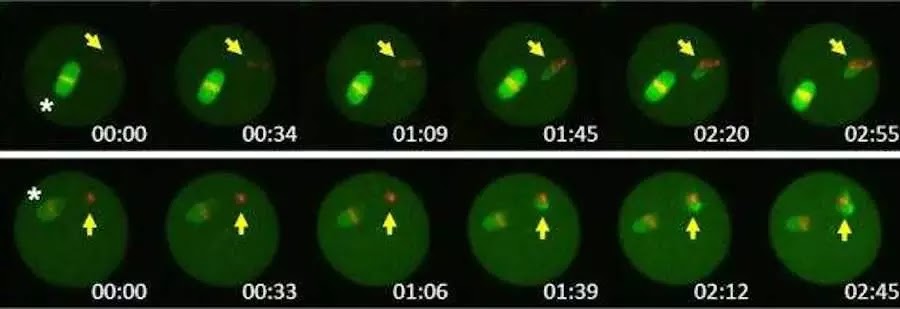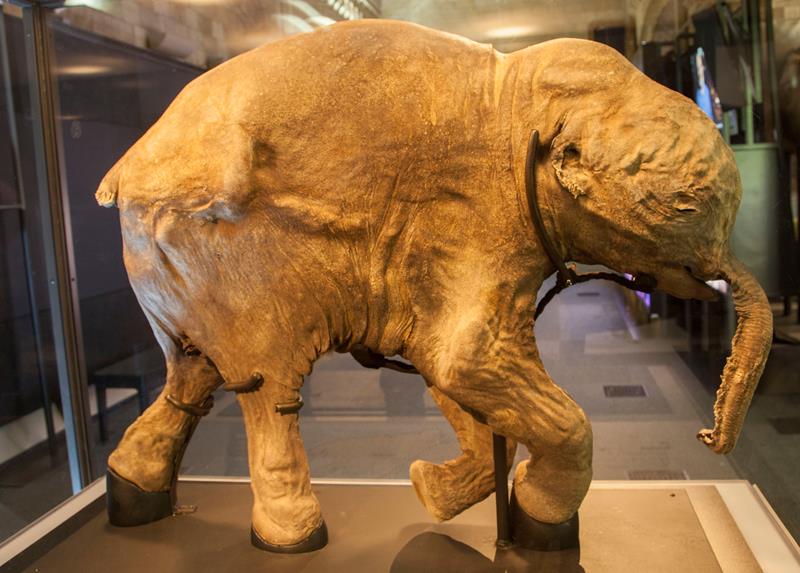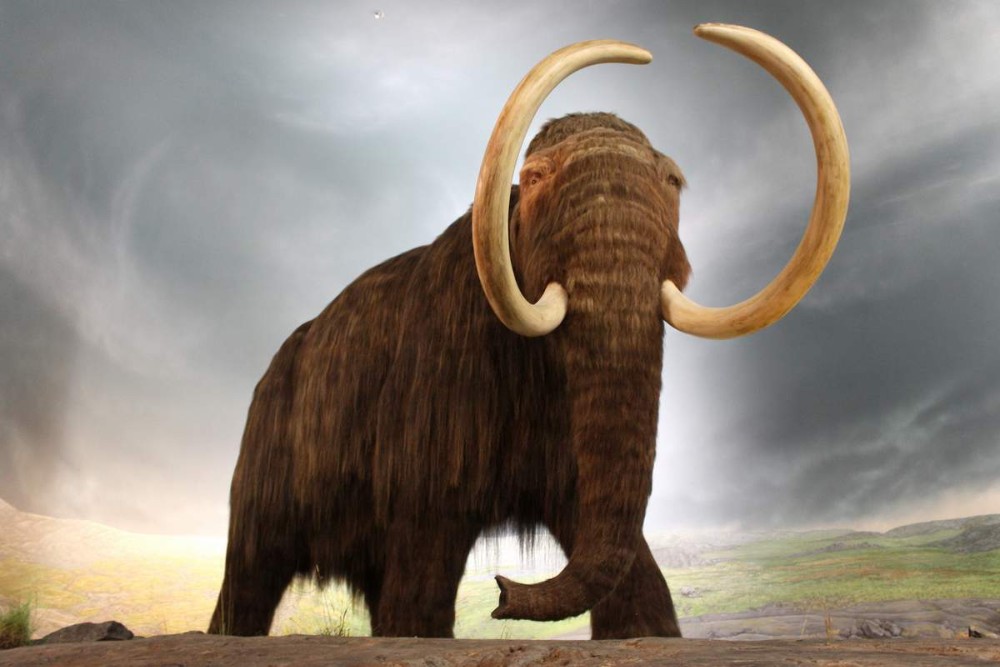28,000-year-old woolly mammoth cells have been revived by scientists.
A astonishing scientific experiment revealed “evidence of life” in the cells of a woolly mammoth that perished over 28,000 years ago.
A young woolly mammoth was found in the Siberian permafrost in 2011. It was tremendous news to find a specimen that was largely undamaged after the species had been extinct for about 4,000 years, especially given that this specimen was 28,000 years old.
The viability of the biological components of the exhumed mammoth has piqued the interest of scientists. Today, scientists at Japan’s Kindai University have found that its DNA remains mostly unaltered, suggesting that they are making good progress on bringing back this enormous prehistoric beast.
If they are successful, it may look like this (at first).

In any event, the university’s specialists were able to remove the nuclei from mammoth cells and insert them into mouse oocytes, which are ovarian cells capable of dividing to produce an egg cell.
After that, the cells from the 28,000-year-old material showed “signs of biological activities.”

According to study author Kei Miyamoto of Kindai University’s Department of Genetic Engineering, “this demonstrates that cell activity may still remain and portions of it can be duplicated even after years have passed.”
Five of the cells even showed results that were really unexpected and fascinating, including activity signals that are generally found shortly before cell division.

Determining if the mammoth DNA was still functional wasn’t easy. The researchers began by taking muscle and bone marrow from the animal’s leg. They were then inspected for the presence of complete structures resembling nuclei, which were then eliminated once found.
Some of the mammoth cells were completely capable of nuclear reconstitution when these nuclei cells were mixed with mouse oocytes and added with mouse proteins. Eventually, study proved that bones from 28,000-year-old mammoths may still contain functioning nuclei.
That is to say, it is definitely possible to revive a monster like this.

Despite Miyamoto’s admission that “we are very far from rebuilding a mammoth,” several scientists working on the project remain hopeful that they will be successful. The most promising efforts have probably been those made most recently using the controversial CRISPR gene editing method.

But is it truly necessary for us to revive a long-extinct species?

